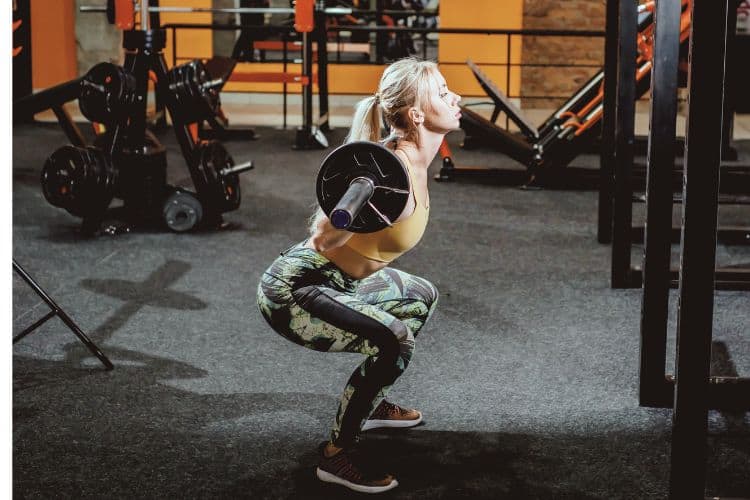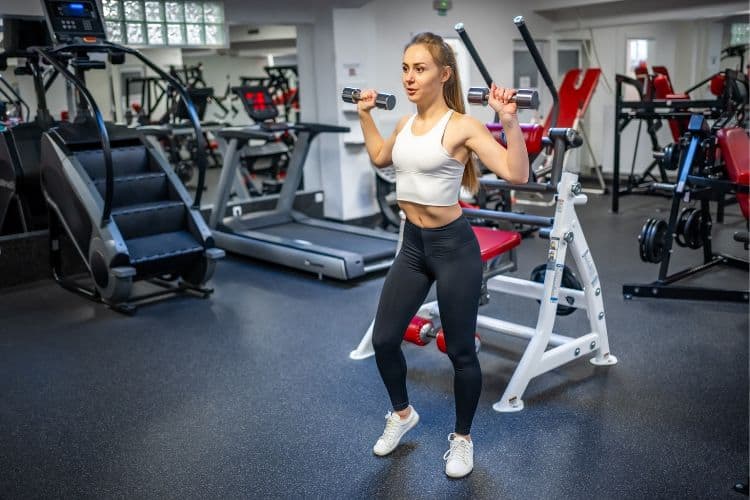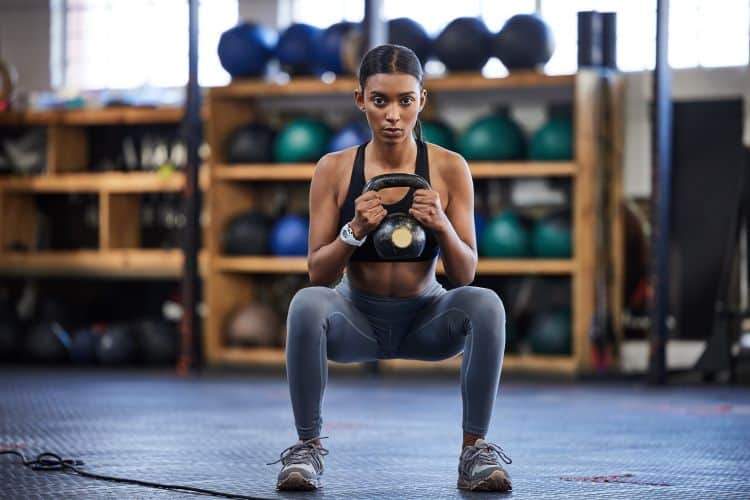Sign up for workout ideas, training advice, reviews of the latest gear and more.






Progressive overload is one of the most effective and science-backed training principles for building strength, improving muscle tone, and increasing overall fitness. But most people associate it with long gym sessions, heavy weights, and complex workout plans. The truth is: progressive overload can be applied in as little as five minutes, especially for beginners who are just starting their fitness journey. If you’ve been searching for a fast, approachable, and highly effective routine that fits into any schedule, this 5-minute progressive overload workout for beginners is the perfect place to start. This guide breaks down exactly how progressive overload works, why it matters, and how to progressively challenge your body—even when you’re short on time.
Progressive overload is the gradual increase of stress placed on your muscles over time. Your body adapts to the physical demands you put on it. If the challenge always stays the same, your results plateau. But if you consistently increase the difficulty—whether through weight, reps, sets, tempo, or exercise variations—your body continues to get stronger and leaner.
For beginners, this concept is incredibly powerful because even small increases yield big improvements. A 5-minute workout may seem short, but when combined with progressive overload, it becomes a structured mini-routine that builds strength and endurance week after week.
Beginners often get overwhelmed by the idea of long fitness sessions, structured plans, or intense HIIT workouts. A 5-minute protocol solves that by offering:
When paired with progressive overload principles, this short routine becomes one of the simplest ways to start gaining strength and confidence.
To ensure this quick workout delivers real results, we apply four progressive overload strategies:
Each week, you aim to complete more repetitions in the same amount of time. Even adding just 2–3 reps is progress.
Slowing down the eccentric phase (the lowering part) of a move increases muscle engagement dramatically.
For example:
Squat → Squat Hold → Squat Pulse → Jump Squat (optional as you advance).
As your conditioning improves, your ability to handle more work in the same timeframe increases.
These principles are layered into the workout program below.
This routine includes five simple moves performed for 45 seconds each, with 15 seconds of transition time. Each exercise engages multiple muscles to maximize results in a short window.
You’ll complete:
1 minute × 5 movements = 5 minutes total
If you have a few extra seconds, perform:
This activates blood flow and prepares the muscles, but beginners can also start without a warm-up if time is extremely limited.
Squats activate the glutes, quads, hips, and core. They build foundational lower-body strength.
Beginner tips:
Progressive overload options:
Upper body strength is essential for everyday movements. Wall or incline push-ups are perfect for beginners.
Beginner tips:
Progressive overload options:
This glute and hamstring move also strengthens the lower back and improves core stability.
Beginner tips:
Progressive overload options:
This modified core move keeps things beginner-friendly while activating the shoulders, abs, and stabilizers.
Beginner tips:
Progressive overload options:
A beginner-friendly variation of lunges that builds balance, coordination, and lower-body strength.
Beginner tips:
Progressive overload options:
Progressive overload doesn’t require heavy weights. Here’s how beginners can make progress each week—without adding more time.
During the first week, your goal is to simply complete the 5-minute workout. Focus on:
This week teaches your muscles the foundational movements.
Take each move slightly further by increasing your reps by 2–4 per exercise.
Example:
If you completed 10 squats in 45 seconds, aim for 12–14 this week.
Instead of using the full 15 seconds to reset, aim for 10–12 seconds of transition. This increases workout density and cardiovascular benefits.
Choose 1–2 exercises per day and slow down the lowering phase of each move.
Examples:
To intensify the challenge without adding time or equipment:
At this point, your strength and endurance have improved significantly. Add beginner-friendly progressions:
You’re still working within five minutes but progressively challenging your body.
Beginners often struggle with consistency, motivation, and intimidation from traditional gym workouts. A short 5-minute progressive overload program solves these barriers:
Consistency is more important than duration. Five minutes daily establishes a reliable foundation.
Knowing the workout is short lowers psychological effort and increases follow-through.
You can physically feel and see improvements every week.
Beginners often do too much too soon. This plan prevents burnout.
Small wins every week create momentum.
Even short periods of resistance training stimulate muscular adaptation. Research shows:
Your body doesn’t need 60 minutes—it needs consistent challenge.
The more consistent you are, the faster your strength grows.
Proper form ensures you’re actually building muscle—not just rushing the movement.
Use a notebook or your phone. Tracking creates accountability and motivation.
Even five-minute workouts require energy and hydration.
If your muscles feel overly fatigued, take a day off. Recovery builds strength.
Below is a structured example plan showing how a beginner improves over six weeks with this 5-minute workout.
Goal: Complete the workout with proper form.
Reps: Whatever feels comfortable.
Increase total reps by 3–5 per exercise.
Decrease rest to 10 seconds.
Add 3-second lowering phases.
Add isometric holds at the bottom or top.
Increase difficulty level while maintaining the same time.
By week 6, your strength, endurance, and movement confidence will have improved significantly—all from sessions lasting only five minutes.
This 5-minute progressive overload plan is perfect for:
It’s also ideal for pairing with other fitness routines or adding as a warm-up, wake-up workout, or midday movement break in your day.
You’ll notice improvements such as:
Even in just five minutes per day, progress accumulates quickly.
Speed isn’t the goal—muscle engagement is.
Progress requires intentional increases in difficulty.
Even light activation improves performance and reduces injury risk.
Always breathe steadily: inhale on the easier part, exhale on the harder part.
Small improvements can go unnoticed. Tracking helps your motivation skyrocket.
Yes—especially as a beginner. When training intensity is applied properly, even short bursts of progressive resistance create adaptations in muscle fibers and neural pathways. Over weeks and months, these micro-workouts compound into major strength gains.
You’re training smarter, not longer.
If you want a simple, approachable, and effective way to begin your strength-training journey, this 5-minute progressive overload beginner workout is the perfect solution. It requires no equipment, no experience, and minimal time. Yet it builds powerful habits, improves full-body strength, and helps you progress each week.
Fitness doesn’t need to be overwhelming. All it takes is five focused minutes—and the commitment to gradually push yourself a little further each time.
For those just starting out, our 5-Minute Progressive Overload Beginner Workout is a perfect way to build foundational strength without the intimidation. If you’re interested in extending your training beyond five minutes, check out our in-depth guide to the 45-Minute Full Body Dumbbell Workout for a Strong Lean Body for a more intense session. Want to focus purely on strength with minimal time? Head over to our 10-Minute Dumbbell Workout: Get a Full Body Burn With No Time. If you prefer upper body specialization, our 30-Minute Bicep EZ Bar Workout: Build Strong Sculpted Arms provides great options. To support recovery and mobility alongside strength, explore the 5-Minute Full Body Flexibility Workout Routine You Need. And for nutrition insights to fuel your training, see our article Best Breakfast to Eat After a Workout for Recovery and Energy.
Stay up to date on the latest women’s health, fitness and lifestyle trends and tips.